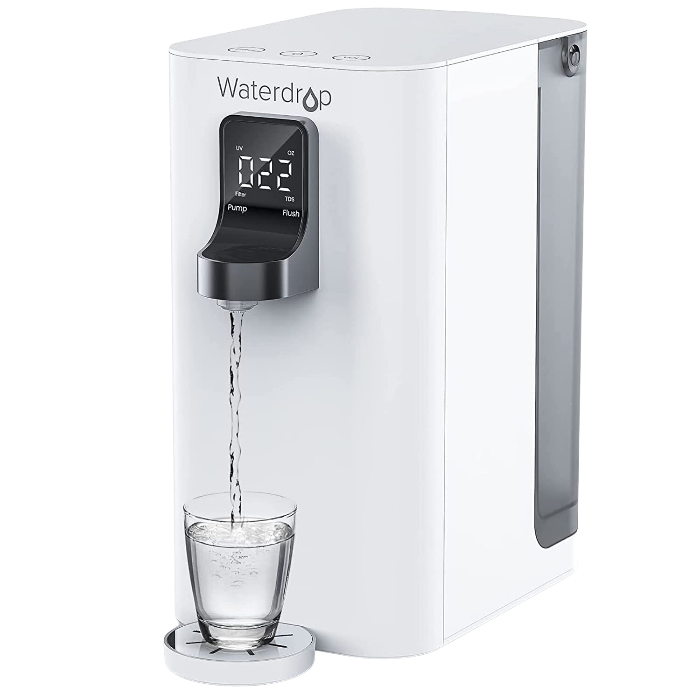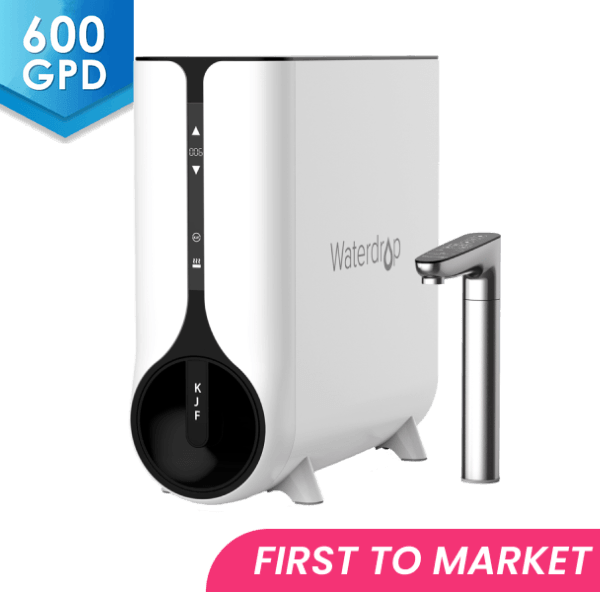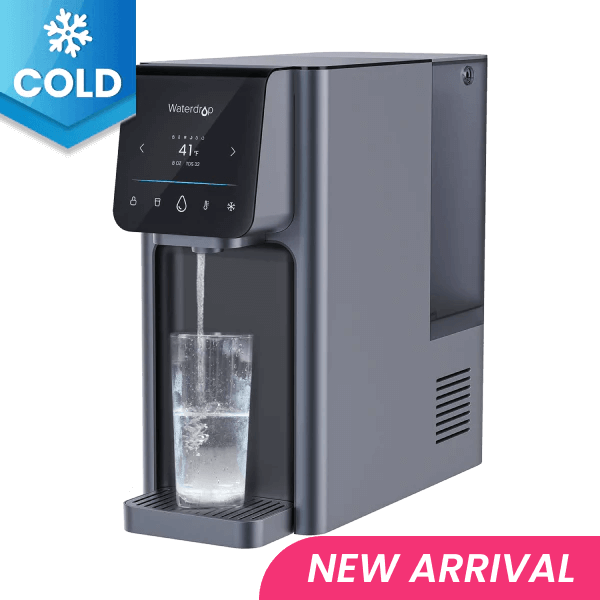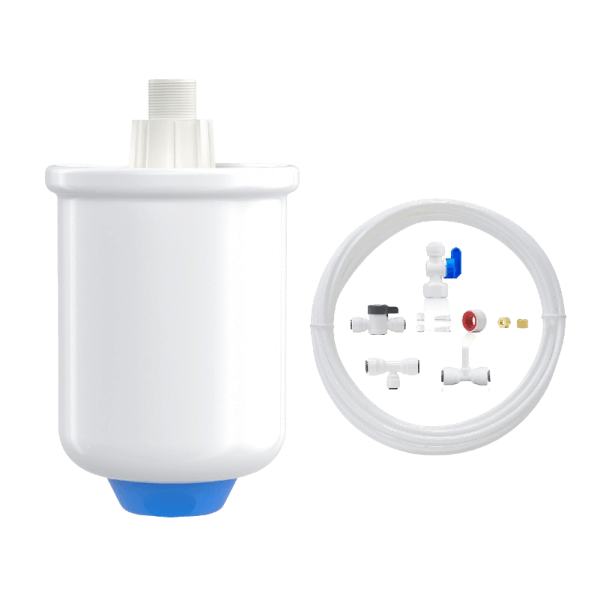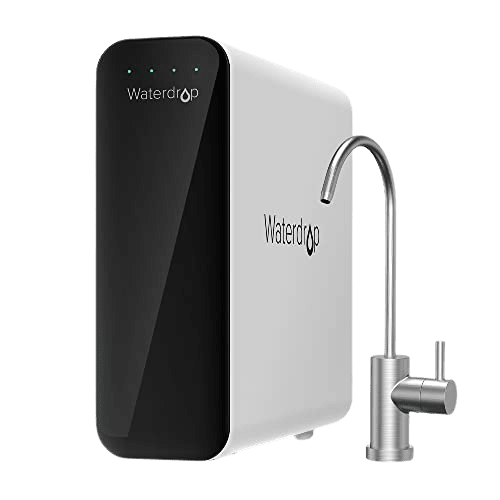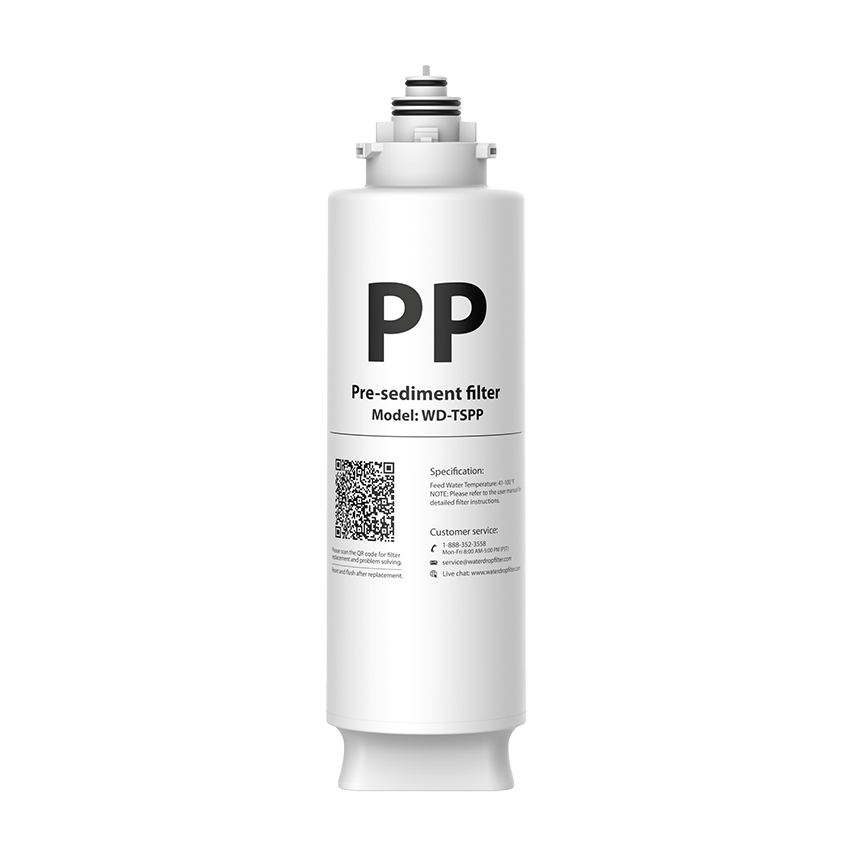Japan’s Plan to Dump Fukushima waste water into the Pacific Raises Safety Concern
by Dr. Jonathan Doyle - Updated April 16, 2021
Recently, Japan has announced it will release more than 1m tons of contaminated water from the wrecked Fukushima nuclear power plant into the Pacific Ocean. The announcement triggered a warm discussion among neighboring countries, including China and South Korea.
Will the Fukushima Radioactive Water Impact the US and Canada?
Dumping nuclear waste water into the Pacific Ocean will cause a permanent harm to the entire human race and the ecological environments. The communities and environment the world depend on will suffer from serious, long-term consequences, more than what is expected.
Asides from the obvious pollution in the ocean and sea creatures, the dumped radioactive elements will go further into the groundwater – the source of the daily drinking water and water used in the everyday manufacturing processes.
Japan's neighboring countries, including China and South Korea, will bear the brunt of this severe pollution. Americans and Europeans are not safe from this menace either. All the oceans of the world are connected, which means the nuclear waste water will eventually put every country in harm’s way.
What's the Bad Effect of Radioactive Substances to Our Health?
Radioactive substances will affect the human body actively and inactively. If such water finds its way into the body, it comes with slight dizziness and feelings of disgust. These are the early symptoms, right after the first exposure to the micro scale of radioactive substances.
These symptoms worsen over time, because it takes longer to expel the toxins from the body. The deadly toxins continue to corrode the organs day by day. Humans who are exposed to large amounts of radioactivity would suffer from nausea, vomiting, hair loss, diarrhea, hemorrhage, destruction of the intestinal lining, central nervous system damage, and even death. It also causes DNA damage and raises the risk of cancer, particularly in young children and fetuses.
The U.S. Environmental Protection Agency (EPA) set the legal limits for some radioactive substances, including Radium 226, Radium 228, and Uranium. It’s important to note that only these three substances have legal limits, which means there is no known health risk within these limits. There are no limits set for other substances, i.e., the actual maximum level is zero. This means that other radioactive substances, asides from the three listed above, don’t have a known level at which their presence in water does not make the water unsafe. However, Iodine-131, Cesium-137, and Cesium-134, which are the radioactive substances present in the Fukushima waste water, are not included in the limit list.
While the Japanese government has continuously assured the world that the concentration of the discharged nuclear sewage meets international standards, the reassurances are simply not enough. According to physicians for Social Responsibility, there is no safe level of exposure to radionuclides, despite that we encounter them naturally.
Technologies to Get Rid of Radioactive Substances from Water
With such a crucial background, it is important to take certain measures to ensure our safety. Water and seafood are the first contact points for waste water pollution. This is why we must have a home water filtration system in place to get rid of the radioactive substances from our home water supply.
The Environmental Protection Agency recommends the use of reverse osmosis technology to eliminate all types of potential radioactive substances in water. The efficient RO membrane has been proven to intercept most contaminants larger than its pore size. However, some radioactive substances tend to emit gas, which is difficult to intercept. In this case, we need active carbon; active carbon has been proven to effectively remove Iodine-131 from liquid fuel for nuclear solution reactors. The EPA also recommended the ion exchange technique to remove radioactive compounds in water, especially Cesium-137. Ion exchange is normally used in water softeners.
Choosing the most effective and budget-friendly water filter system is not an easy call. However, I recommend the G3 RO Water Filtration System, which combines both reverse osmosis and active carbon filtration technology. The system features a delicate 3-layer 0.0001um reverse osmosis membrane that can reduce most contaminants, including radioactive substances. The adopted RO membrane is from DOW, a reputable brand famous for its high filtration accuracy and efficiency. Only 3 composite filters achieve 7-stage filtration.
The system has been certified against NSF/ANSI 58&372 standards, confirming that it removes over 90% of TDS from water. It sports two layers of active carbon blocks, specifically included to absorb the emitted radioactive gases. Despite the presence of several filtration materials, it doesn’t consume much room under the sink.
This system definitely ticks all the right boxes!
Summary
No country will escape being adversely affected by nuclear waste water. The interconnected nature of the world means it's just a matter of time. The U.S. Food and Drug Administration has issued the import alert 99-33, which bans the import of a series of Japanese food due to public health concerns associated with nuclear contamination. As individuals, the best we can do is to cut off the risk source and avoid contacts with potentially contaminated water or food.
Let’s protect ourselves and start by installing a water filter system!




